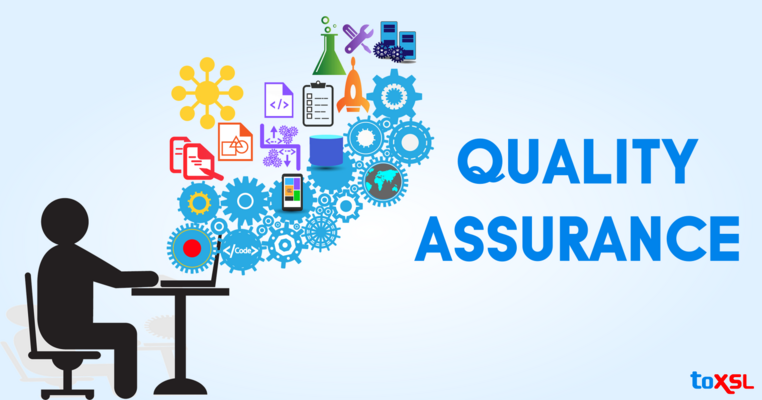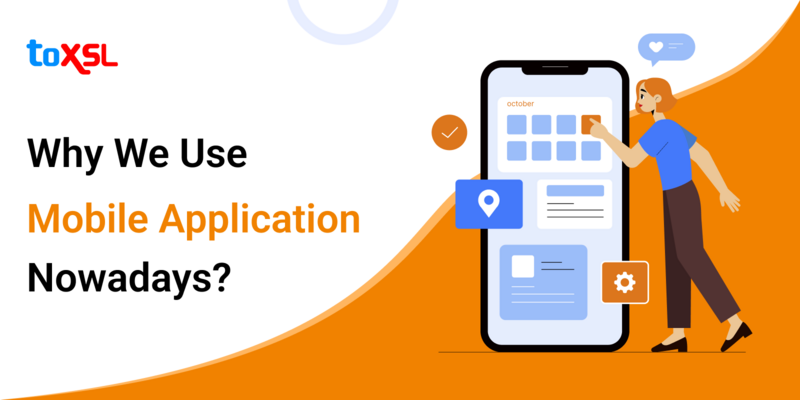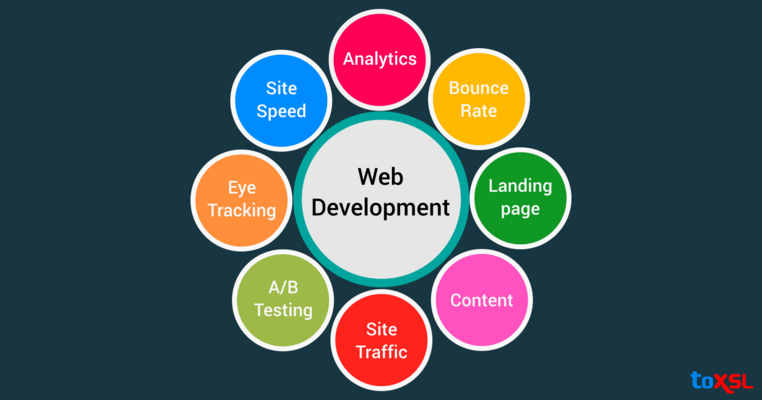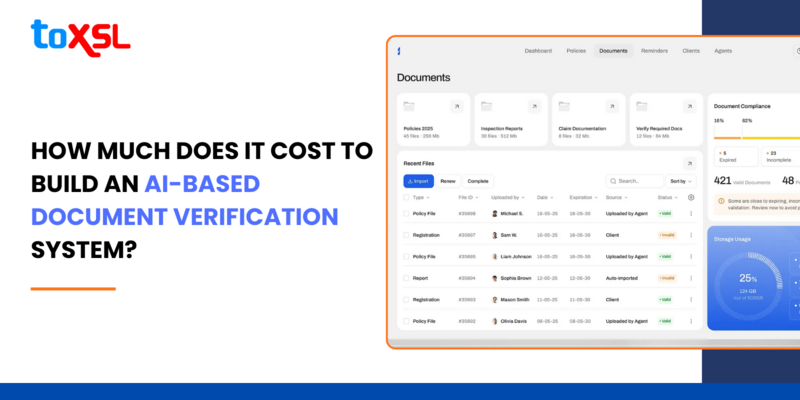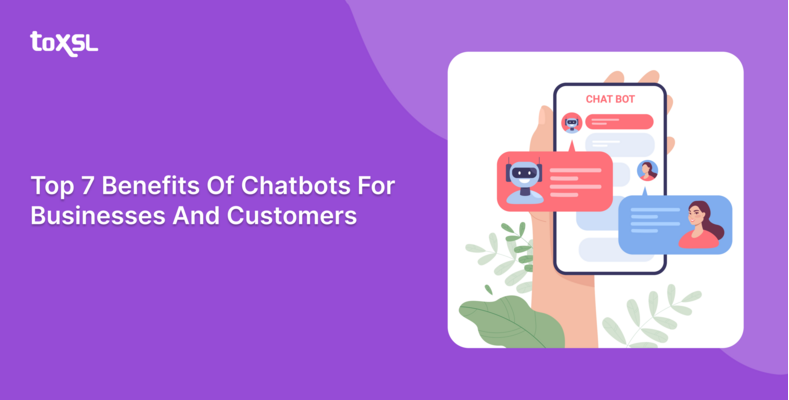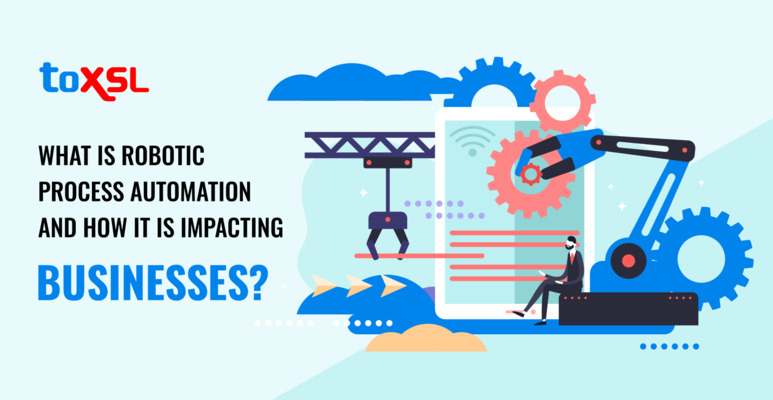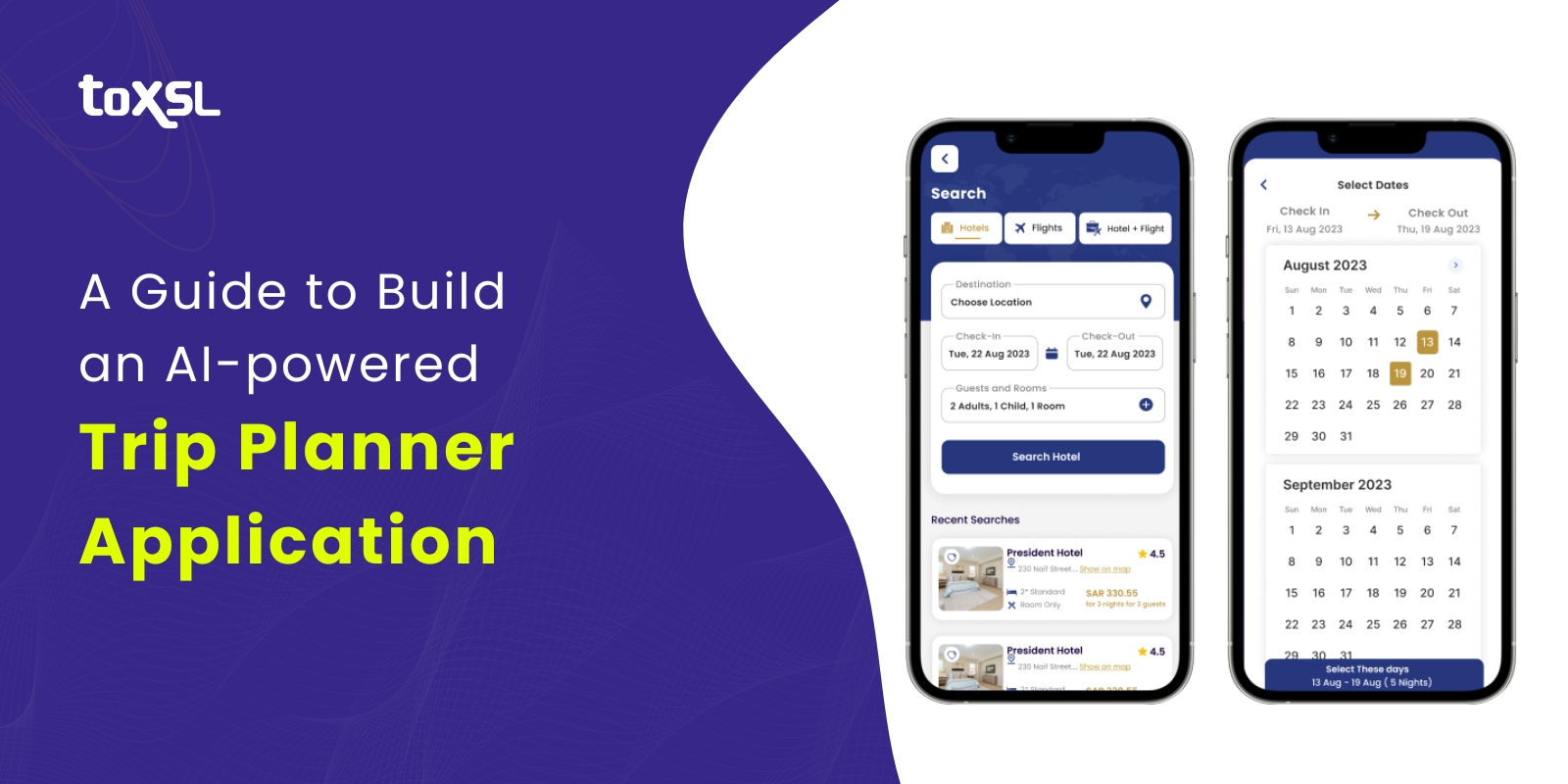
The global market for AI in travel is rising and is expected to reach $14,796 million by 2031, at a CAGR of 40.8%.This growth is driven by the increasing demand for AI among numerous travel segments, such as trip planning, customer service, and revenue management. This rapid growth in the AI trip planner market has brought numerous opportunities within the travel tech landscape. The integration of AI into trip planning is bringing in a fundamental shift in how people travel, developing a fertile ground for innovation and investment.
Key Takeaways:
- AI enables hyper-personalized itineraries by analyzing user preferences, past trips, and real-time context, enhancing traveler satisfaction and engagement.
- Live updates on flights, weather, and local events allow the app to adapt dynamically, providing a seamless travel experience.
- Intuitive UI/UX that presents complex AI-driven data in an accessible way is crucial for user adoption and retention.
- 24/7 AI assistance and integration with social platforms help users navigate challenges and discover trending destinations effortlessly.
The intelligent trip planner travel industry is using advanced technologies such as artificial intelligence, machine learning, and big data analytics to build customized AI trip planner apps.With the advent of AI-based trip planner apps travel has become easy as they automate the planning process,and generate personalized recommendations,based on the user’s budget and past travel history.These planners make use of AI to suggest destinations and activities that align with traveler’s interests.
So, whether you are looking for a cultural experience or adventure activities, the AI-powered trip planner app has got you covered. However, it offers numerous benefits, but developing an AI trip planner app is challenging if you are building it on your own.To make the development process easy for you, we have curated the required points that you must keep in mind while starting with the development part.
How to Build an AI Trip Planner App
AI trip planner app simplifies traveling by optimizing the itinerary and scheduling destinations accordingly. So, how do you develop an AI trip planner app? Follow the steps given below to develop the most optimized and potential AI trip planner apps:
Audience Analysis: Start by understanding who your users are and what they want. Identify different traveler types like solo travelers, families, or business travelers, and learn their preferences, challenges, and habits.This helps you decide what features your app should have and how AI can best assist users. For example, some users may want budget-friendly options, while others look for luxury experiences. Knowing your audience ensures your app delivers real value.
UI/UX Design: Design a simple, clean, and intuitive interface that makes trip planning easy and enjoyable. Since AI apps handle a lot of data like flight updates, weather, and itinerary changes, your design should present this information clearly without overwhelming users.Use dynamic layouts that adapt to real-time changes and ensure smooth navigation across devices like smartphones and tablets. A great UI/UX keeps users engaged and reduces confusion.
Knowledge of NLP Engine:Natural Language Processing (NLP) allows your app to understand and respond to user queries conversationally. Implement NLP-powered chatbots that can answer questions, help with bookings, and provide travel advice anytime. This makes the app feel like a personal travel assistant. Also, consider integrating language translation features to support international travelers. Training your NLP models on travel-specific data improves accuracy and user satisfaction.
API Integration: To offer real-time, comprehensive travel information, connect your app with various third-party APIs for flight and hotel booking platforms for availability and prices, and to know the weather and traffic services for live updates, mapping, and navigation tools for route planning. These integrations make your app a one-stop solution for travelers, providing seamless access to essential travel data and booking options.
Testing and Integration: Before launching, thoroughly test your app to ensure all features work smoothly check the accuracy of AI recommendations and chatbot responses, test performance across different devices and network conditions, and verify security measures to protect user data.
Launch & Monitor: After deployment on platforms like iOS and Android, actively monitor user feedback and app performance.Use analytics to track how users interact with your app and identify areas for improvement. Continuously update AI algorithms based on user behavior and emerging travel trends. Regularly add new features and fix issues to keep the app relevant and engaging over time.
Benefits of Building an AI Trip Planner App
A study says that 55% of Gen Z and 57% of Millennials prefer customized travel planning using AI travel planning tools. But why trip planner apps are so popular among people? Here are the benefits of building an AI trip planner app:
Time and Effort Savings: Planning a trip traditionally involves hours or even days of research comparing flights, hotels, activities, and local transportation options. AI trip planner apps dramatically reduce this time by automating complex tasks. They instantly scan and compare thousands of options, optimize routes, and generate logical day-by-day itineraries in seconds. This speed and efficiency free travelers from tedious manual work and decision fatigue. According to Wandrly’s review of top AI trip planners, these tools accomplish in seconds what used to take days of research. As a result, users can focus more on enjoying their trips rather than stressing over planning details.
Hyper-Personalized Travel Experiences: One of the most significant advantages of AI trip planner apps is their ability to deliver hyper-personalized itineraries tailored to individual preferences, budgets, and travel styles. Unlike traditional static travel guides or generic apps, AI analyzes vast amounts of data including user preferences, past travel history, and real-time context to craft bespoke travel plans. This means the app can recommend not only popular tourist spots but also hidden gems, quirky museums, or local street food spots that align with the traveler’s unique interests.
Real-Time Updates: Travel plans are often disrupted by unforeseen events such as flight delays, weather changes, or local transportation strikes. AI trip planner apps excel at providing real-time updates and proactive recommendations to handle such disruptions smoothly. By integrating APIs from airlines, weather services, and local event databases, these apps notify travelers instantly about delays or cancellations and suggest alternative routes or activities.
Cost Optimization and Best Deals: AI-powered trip planners help travelers optimize their budgets by comparing prices across multiple platforms for flights, hotels, and activities. They can predict price fluctuations using historical data and recommend the best times to book, saving users significant money. Moreover, AI can track expenses during the trip and suggest budget-friendly alternatives or real-time discounts tailored to individual preferences. This financial intelligence makes travel more accessible and enjoyable, especially for budget-conscious travelers.
Enhanced User Engagement: AI-driven virtual assistants and chatbots provide 24/7 support, answering queries, assisting with bookings, and offering travel advice in natural language. These conversational agents can handle complex requests such as itinerary modifications, language translation, and local recommendations instantly.
Access to Latest Trends: AI trip planners increasingly leverage social media data to identify trending destinations, activities, and experiences. By analyzing platforms like Instagram and TikTok, these apps can suggest popular or emerging hotspots that align with current traveler interests. This feature appeals particularly to younger demographics seeking authentic, off-the-beaten-path experiences inspired by real-time social trends. Integrating social insights helps keep the app fresh, relevant, and exciting for users.
Key Features of the AI Trip Planner App
Building an AI Trip Planner App must-have features that meet your business vision and goal. So, take time to focus on the features that you want in the app. However, in this section, we have covered all the key features that your AI Trip Planner app must have:
1. Heavily Personalized Itinerary Builder: At the core of any AI trip planner is a dynamic itinerary builder that tailors day-by-day travel plans based on:
- User inputs such as interests, budget, travel companions, and pace.
- Past travel history and preferences.
- Real-time context like weather, traffic, and attraction status.
This feature uses sophisticated algorithms including graph theory, constraint programming, and heuristics to optimize routes, timings, and activities, minimizing travel time and maximizing enjoyment. It continuously re-optimizes the itinerary in response to live data changes, ensuring the plan remains relevant and feasible throughout the trip.
2. AI-Powered Recommendations
The app leverages machine learning models and recommendation engines to suggest:
- Destinations and attractions aligned with user tastes.
- Flights, hotels, restaurants, and activities including popular and lesser-known options.
- Budget and location-aware suggestions to optimize spending.
These recommendations improve over time using collaborative filtering and deep learning techniques, adapting to evolving user preferences and feedback.
3. Real-Time Updates & Notifications
An AI trip planner must integrate live data streams to provide:
- Instant alerts on flight delays, gate changes, weather shifts, traffic conditions, and attraction closures.
- Proactive itinerary adjustments and alternative suggestions.
- Personalized notifications tailored to the traveler’s context and preferences.
This dynamic responsiveness reduces travel disruptions and enhances user confidence and convenience.
4. Interactive Maps and Navigation: Integrated mapping features are critical for:
- Visualizing itineraries and points of interest (POIs).
- Providing real-time traffic updates and route optimization.
- Offering turn-by-turn navigation to help travelers move effortlessly between locations.
This spatial awareness enhances situational understanding and supports smooth on-ground travel.
5. AI Chatbots and Virtual Assistants: 24/7 AI-powered chatbots provide instant, conversational support for:
- Booking management and itinerary modifications.
- Answering travel queries and offering local insights.
- Handling emergencies or last-minute changes.
- Language translation and cultural tips.
These assistants simulate human-like interaction, improving user engagement and satisfaction by making travel planning feel personal and accessible.
6. Language Translation and Currency Conversion
For international travelers, built-in language translation tools facilitate communication by translating local phrases, menus, and signs in real time. Simultaneously, currency converters help users understand costs instantly in their home currency, aiding budget management during planning and travel.
7. Social Media Integration
Modern AI trip planners tap into social media platforms like Instagram, TikTok, and Pinterest to:
- Extract trending destinations and experiences.
- Incorporate user-generated content and travel inspiration directly into itineraries.
- Enable users to add favorite social media spots to their plans.
This feature appeals especially to younger travelers who seek authentic, trend-driven adventures and visual planning tools.
8. Customizable Trip Timelines: Users can customize their itineraries by adjusting timelines, adding or removing activities, and setting travel pace. Additionally, sharing options allow collaboration with travel companions or sharing plans on social media, enhancing social connectivity and trip coordination.
9. Offline Access: To ensure usability without internet connectivity, offline maps, and travel guides are essential. Print-ready itinerary modes enable users to generate elegant, easy-to-carry travel plans in poster or table formats, suitable for quick reference or sharing during the trip.
10. Budget Tracking: AI-powered budgeting tools help travelers monitor expenses, predict price trends, and suggest cost-effective alternatives. This feature ensures users stay within their financial limits while maximizing travel experiences
How Much Does it Cost to Build an AI Trip Planner App?
There is no fixed cost to develop an AI trip planner app. However, in general, the AI trip planner app cost ranges between $30,000 to $150,000, depending on the features you want to add to your app. Here are the few factors influencing cost:
Feature Complexity: Basic features like user registration, itinerary tracking, and simple booking cost less.However, advanced AI features such as personalized recommendations, real-time updates, chatbot integration, and machine learning models increase costs significantly.
Design and User Experience: Investing in a clean, user-friendly UI/UX design adds to the development budget but is crucial for user retention.
Technology Stack: Frontend and backend development, AI/ML frameworks (e.g., TensorFlow, Python), and database management contribute to costs.
Development Team and Location: Hiring experienced AI Developer, data scientists, and designers impacts costs. Also, outsourcing to countries with lower labor costs can reduce expenses but may introduce management challenges.
Why Choose ToXSL Technologies as an AI Trip Planner App Partner?
The future of travel is bright and AI is going to be the main player in the travel industry. Traveling is seen as one of the most complicated things. However, AI trip planners have simplified traveling.By using the strengths of AI, businesses can unlock new traveling possibilities and develop unique experiences.
At ToXSL Technologies, we are a leading Artificial Intelligence services provider company, helping traveling businesses globally succeed.Our experienced team gives customized solutions to match our client’s needs and help them meet their vision. Want to learn more? Contact us today and let us simplify your business, enhancing business revenue.





